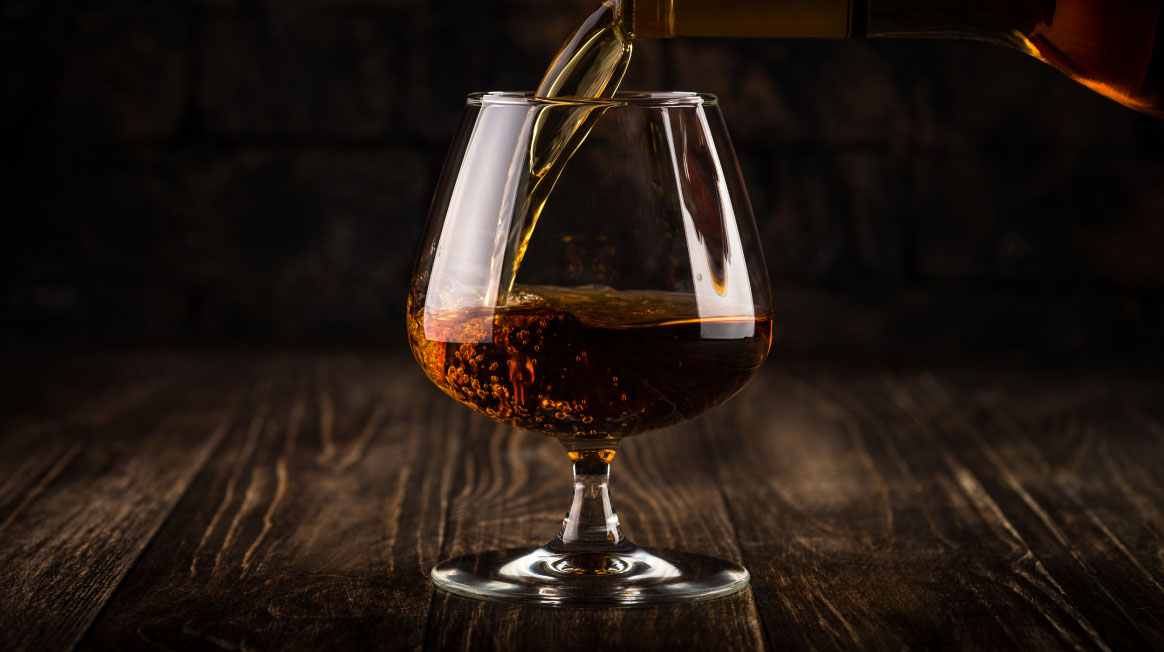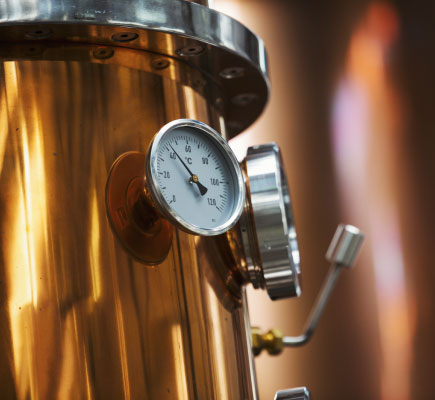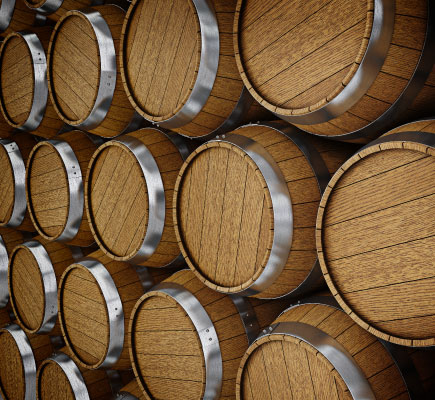
Brandy: From Vine to Glass
Brandy production begins with the harvesting of ripe grapes, primarily Ugni Blanc, known for their high acidity and low sugar content. The grapes are gently pressed to extract juice, which is then fermented into a low-alcohol wine. This wine undergoes distillation, typically in copper pot stills, to concentrate the alcohol and flavours. The resulting spirit is aged in oak barrels, allowing it to develop complexity and character over time. After aging, the brandy may be blended to achieve a consistent flavour profile before being bottled and prepared for distribution. This meticulous process ensures the creation of a refined and aromatic spirit.
Understanding industry-specific abbreviations is essential for navigating the world of brandy. Here are some commonly used terms:
- ABV (Alcohol by Volume): Indicates the percentage of alcohol in the brandy.
- VS (Very Special): Brandy aged for a minimum of two years.
- VSOP (Very Superior Old Pale): Brandy aged for at least four years.
- XO (Extra Old): Brandy aged for a minimum of six years.
- AOC (Appellation d’Origine Contrôlée): French certification granted to certain geographical indications for wines and spirits.
Brandy is bottled in various sizes to cater to different markets and preferences:
- Miniature (50 ml): Small sample size, ideal for tastings or gifts.
- Half Bottle (375 ml): Convenient for smaller households or limited consumption.
- Standard Bottle (700 ml or 750 ml): Common size for retail sales.
- Magnum (1.5 L): Larger format, often used for special editions or events.
These sizes allow producers to offer flexibility to consumers and meet various market demands.


Harvesting and Fermentation: Beginning the Craft
The journey of brandy starts with the careful selection and harvesting of grapes, predominantly Ugni Blanc, prized for their suitability in distillation. Once harvested, the grapes are pressed to extract juice, which is then fermented into a low-alcohol wine. This base wine forms the foundation of brandy, capturing the essence of the fruit. The fermentation process is closely monitored to ensure the development of desired flavours and aromas. This stage is crucial, as the quality of the base wine directly influences the character of the final spirit.
Distillation: Concentrating Flavours
Distillation is the process of concentrating the alcohol and flavours from the base wine. Typically conducted in copper pot stills, the wine is heated, and the resulting vapours are collected and condensed into a higher-proof spirit. This process may involve multiple distillations to achieve the desired purity and flavour profile. The distillation not only increases the alcohol content but also refines the spirit, removing impurities and enhancing aromatic compounds. The choice of distillation method and equipment plays a significant role in defining the character and quality of the brandy.
Aging: Developing Complexity
After distillation, the brandy is transferred to oak barrels for aging. The aging process allows the spirit to interact with the wood, absorbing flavours and undergoing chemical transformations that enhance its complexity and smoothness. The duration of aging varies, with classifications such as VS (Very Special), VSOP (Very Superior Old Pale), and XO (Extra Old) indicating the minimum aging periods. The environment of the aging cellar, including temperature and humidity, also influences the maturation process. Over time, the brandy develops a rich colour, nuanced flavours, and a refined character, culminating in a high-quality spirit ready for blending and bottling.
Blending and Bottling: Final Touches
Once the brandy has matured to the desired profile, master blenders may combine spirits of different ages and characteristics to achieve a consistent and balanced flavour. This artful blending ensures that each bottle meets the brand's standards and offers a harmonious taste experience. After blending, the brandy is filtered and adjusted to the appropriate bottling strength, typically around 40% ABV. It is then bottled, labelled, and packaged for distribution. This final stage is crucial in preserving the integrity of the brandy and delivering a product that reflects the craftsmanship and tradition of its production.



